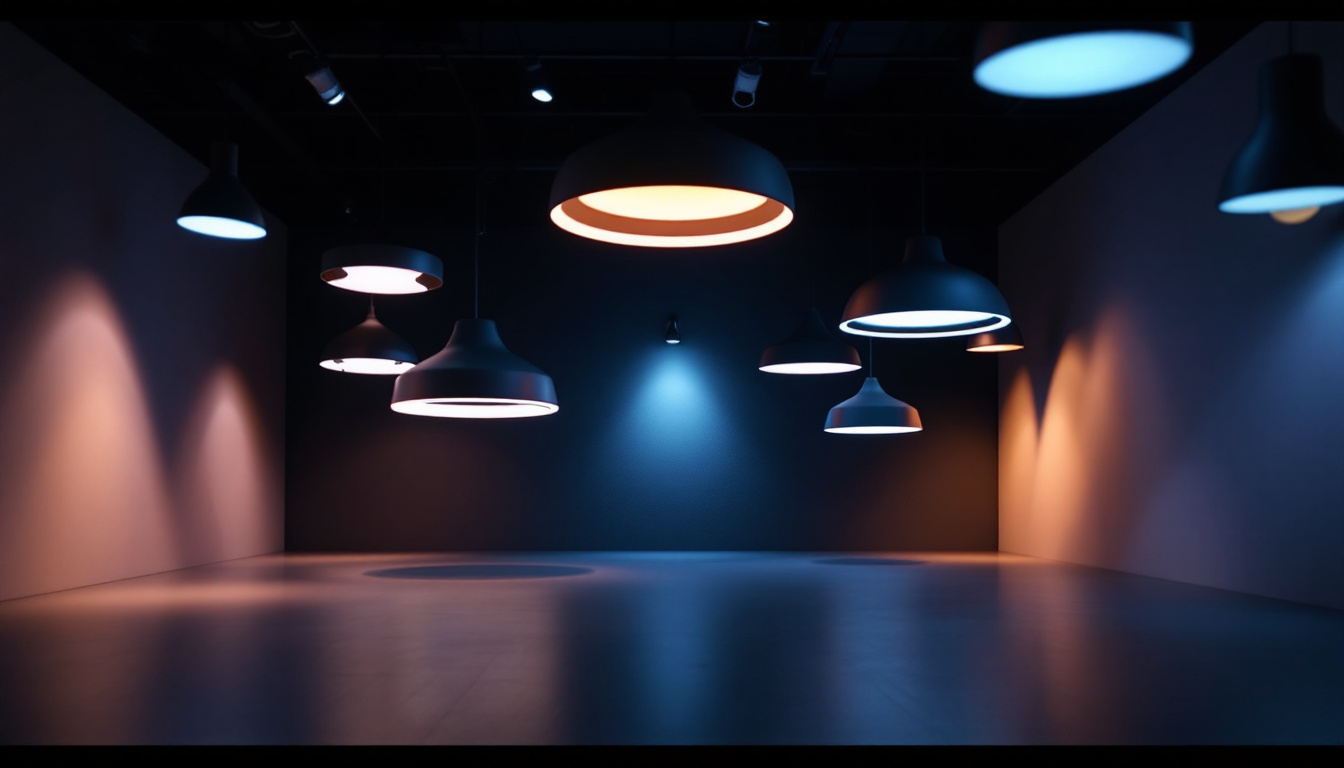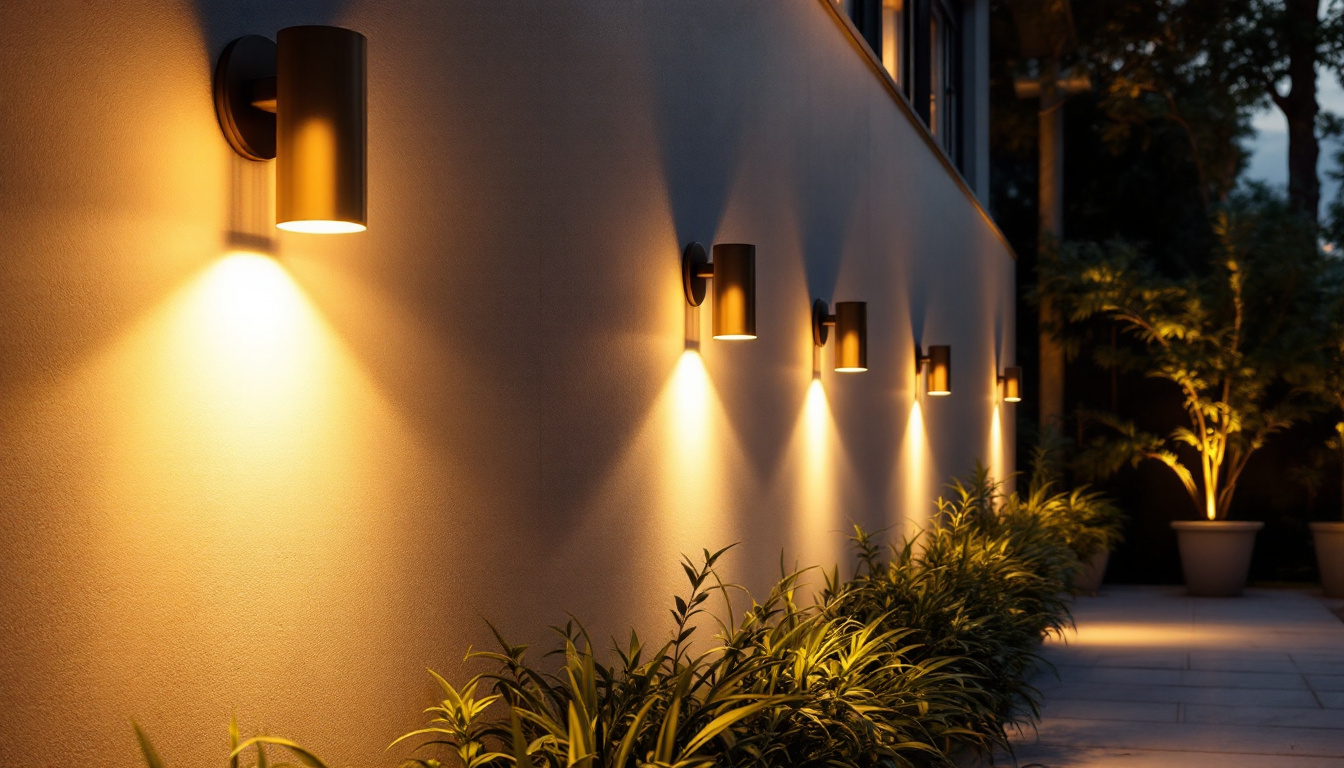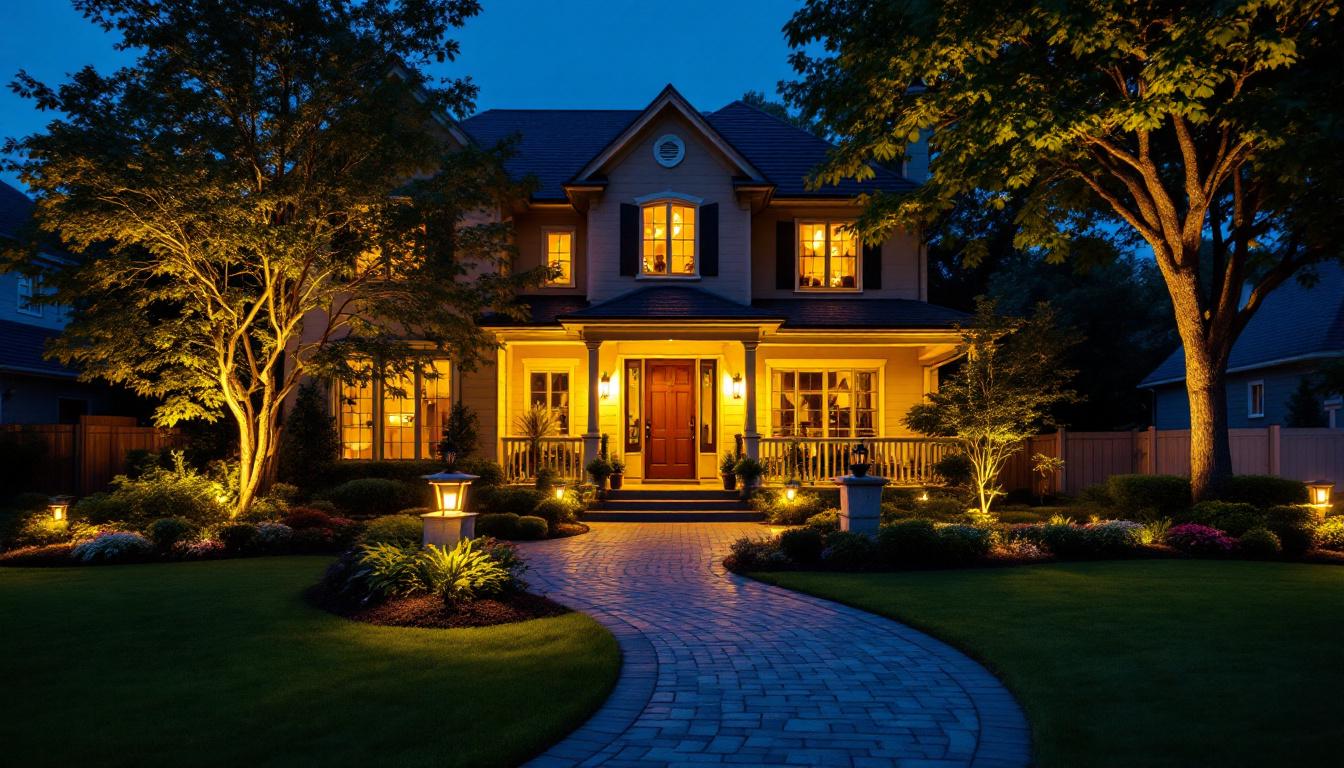
In the rapidly evolving world of lighting solutions, LED technology has emerged as a game-changer, especially for contractors specializing in smart lighting systems. As energy efficiency and sustainability become increasingly important, understanding the nuances of LED technology is crucial for contractors looking to stay ahead in the industry. This article delves into various approaches that smart lighting contractors can adopt to leverage LED technology effectively.
LED, or Light Emitting Diode, technology has transformed the way we illuminate spaces. Unlike traditional incandescent or fluorescent lighting, LEDs operate by emitting light when an electric current passes through a semiconductor. This fundamental difference leads to numerous advantages, making LEDs the preferred choice for modern lighting solutions.
One of the most significant benefits of LED technology is its energy efficiency. LEDs consume significantly less power compared to conventional lighting options. For contractors, this translates into lower energy bills for clients and a reduced carbon footprint, aligning with the growing demand for sustainable solutions.
Moreover, the longevity of LEDs—often lasting up to 25 times longer than traditional bulbs—means fewer replacements and less waste. This durability not only enhances client satisfaction but also positions contractors as environmentally conscious professionals. The reduced heat output of LEDs is another advantage, as it minimizes the risk of overheating and fire hazards, making them a safer choice for various applications.
LEDs are incredibly versatile, allowing for a range of applications in both residential and commercial settings. From accent lighting to full-scale installations, the adaptability of LEDs enables contractors to meet diverse client needs. This flexibility also extends to smart lighting systems, where LEDs can be integrated with advanced technologies such as sensors and control systems.
Contractors can leverage this versatility by offering customized solutions that cater to specific environments, enhancing the aesthetic appeal and functionality of spaces. This adaptability is a key selling point in a competitive market. Additionally, the wide variety of color temperatures available with LED lighting allows for tailored atmospheres, whether it’s the warm glow of a cozy living room or the bright, clear light needed in a workspace. The ability to control brightness and color through smart technology further empowers users to create dynamic environments that can change with their needs.
As smart home technology gains traction, integrating LED lighting with smart systems presents a unique opportunity for contractors. Smart lighting not only enhances convenience but also improves energy management, making it an attractive option for clients. The ability to control lighting remotely or through automated systems can lead to significant energy savings, as homeowners can ensure that lights are only on when needed, thus reducing their overall electricity bills.
Smart lighting systems often involve control mechanisms that allow users to adjust brightness, color, and even scheduling through mobile apps or voice commands. For contractors, understanding various control systems—such as Zigbee, Z-Wave, and Wi-Fi—is essential for successful installations. Each system has its unique advantages and limitations, which can affect the overall performance and reliability of the smart lighting setup. By staying informed about the latest advancements in these technologies, contractors can offer tailored solutions that best meet their clients’ specific needs.
By educating clients on the benefits of automation, contractors can help them optimize their lighting systems for energy savings and enhanced comfort. This level of expertise not only builds trust but also positions contractors as knowledgeable leaders in the smart lighting sector. Furthermore, showcasing successful case studies or testimonials can illustrate the transformative impact of smart lighting, encouraging potential clients to envision how these systems can enhance their own living spaces.
Incorporating sensor technology into LED lighting systems can significantly enhance energy efficiency. Motion sensors, daylight sensors, and occupancy sensors can automatically adjust lighting based on real-time conditions, reducing energy consumption when spaces are unoccupied or when natural light is sufficient. This not only contributes to lower energy costs but also extends the lifespan of the lighting fixtures, as they are not used unnecessarily.
Contractors should be well-versed in the various types of sensors available and how to integrate them seamlessly into LED systems. Providing clients with solutions that automatically adapt to their needs showcases a commitment to innovation and sustainability. Additionally, educating clients about the potential for integrating these sensors with other smart home devices, such as thermostats and security systems, can create a more cohesive and efficient home environment. By presenting smart lighting as part of a larger ecosystem of smart home technologies, contractors can enhance the appeal and functionality of their offerings, ultimately leading to greater client satisfaction and loyalty.
When working with LED technology, several design considerations come into play. These factors can significantly impact the effectiveness and aesthetics of the lighting solution provided.
Understanding color temperature is crucial for contractors. LEDs are available in a range of color temperatures, measured in Kelvin (K), which can influence the mood and functionality of a space. For instance, warmer tones (around 2700K) are ideal for residential settings, creating a cozy atmosphere, while cooler tones (above 5000K) are better suited for commercial environments that require alertness and focus.
Additionally, the Color Rendering Index (CRI) is vital in determining how accurately colors appear under artificial light. A higher CRI (above 80) is preferable for spaces where color accuracy is essential, such as art studios or retail environments. Educating clients about these aspects can help them make informed decisions that enhance their spaces.
Effective lighting layout is another critical consideration. Contractors must assess the space to determine the optimal placement of LED fixtures for uniform light distribution. Factors such as ceiling height, room dimensions, and the purpose of the space should guide the design process.
Using software tools to simulate lighting layouts can help contractors visualize the final outcome and make necessary adjustments before installation. This proactive approach minimizes errors and enhances client satisfaction.
While the initial investment in LED technology may be higher than traditional lighting solutions, the long-term savings and benefits often outweigh the costs. Understanding these financial aspects is essential for contractors when discussing options with clients.
LEDs typically have a higher upfront cost due to their advanced technology. However, their energy efficiency and longevity result in significant savings over time. Contractors should provide clients with a detailed analysis of potential savings, including reduced energy bills and maintenance costs, to justify the initial investment.
Offering financing options or energy-efficient rebates can also make LED installations more appealing to clients. By presenting a clear picture of the return on investment (ROI), contractors can facilitate informed decision-making.
Another aspect to consider is the reduced maintenance and replacement costs associated with LED lighting. With a lifespan of up to 25,000 hours or more, LEDs require far less frequent replacement than traditional bulbs. This not only saves money but also minimizes disruption for clients.
Contractors should emphasize the reduced need for maintenance when discussing LED options. This can be a compelling selling point, especially for commercial clients who prioritize operational efficiency.
Despite the numerous advantages of LED technology, contractors may encounter challenges that require careful navigation. Being aware of these potential hurdles can help mitigate issues and ensure successful project completion.
One common challenge is compatibility with existing fixtures and systems. Not all LED products are designed to work seamlessly with traditional dimmers or control systems. Contractors must be diligent in selecting compatible products and may need to educate clients about potential upgrades to their existing systems.
Conducting thorough assessments of current lighting setups can help identify compatibility issues early in the process, allowing for smoother installations and fewer surprises down the line.
The market is flooded with LED products, but not all are created equal. Contractors must prioritize quality when selecting products for installation. Low-quality LEDs may not only underperform but can also lead to client dissatisfaction and increased warranty claims.
Establishing relationships with reputable manufacturers and suppliers can help contractors access high-quality products that meet industry standards. This commitment to quality can enhance a contractor’s reputation and lead to repeat business.
The landscape of LED technology is constantly evolving, with new innovations on the horizon. Staying informed about future trends can help contractors remain competitive and offer cutting-edge solutions to clients.
One emerging trend is the concept of human-centric lighting, which focuses on creating lighting solutions that enhance well-being and productivity. This approach considers factors such as circadian rhythms and the psychological effects of light on mood and health.
Contractors can explore options for tunable white LEDs that allow users to adjust color temperatures throughout the day, mimicking natural light patterns. By offering these advanced solutions, contractors can position themselves as forward-thinking professionals in the lighting industry.
As smart home technology continues to advance, the integration of LED lighting with other smart devices will become increasingly prevalent. Contractors should stay abreast of developments in smart home ecosystems to provide clients with comprehensive solutions that enhance convenience and efficiency.
Understanding how LED lighting can work in tandem with smart thermostats, security systems, and home automation platforms will be essential for contractors looking to offer holistic smart home solutions.
LED technology represents a significant opportunity for smart lighting contractors to enhance their service offerings and meet the evolving needs of clients. By understanding the intricacies of LED technology, integrating smart solutions, and staying informed about industry trends, contractors can position themselves as leaders in the field.
As the demand for energy-efficient and innovative lighting solutions continues to grow, embracing LED technology will not only benefit contractors but also contribute to a more sustainable future. By adopting a proactive approach and prioritizing quality, versatility, and client education, contractors can navigate the challenges and opportunities presented by LED technology with confidence.
Ready to elevate your lighting projects with the efficiency and innovation of LED technology? At LumenWholesale, we provide smart lighting contractors like you with the highest quality, spec-grade lighting products at unbeatable wholesale prices. Say goodbye to local distributor markups and hello to a vast selection of reliable, high-performance lighting that meets the strictest industry standards. With free shipping on bulk orders, you can stock up on premium lighting solutions without worrying about hidden fees. Make the smart choice for your business and your clients—choose LumenWholesale for the best value in lighting. Discover our extensive range and take advantage of our exceptional deals by visiting Wholesale Lighting at the Best Value.

Explore the transformative impact of 5000K lumen lighting on modern design and installation.

Discover the essential guide to electrical box covers tailored for lighting contractors.

Discover why lighting contractors should prioritize outdoor wall lights in their projects.

Discover essential tips for lighting contractors to enhance the front of house with outdoor lighting solutions.